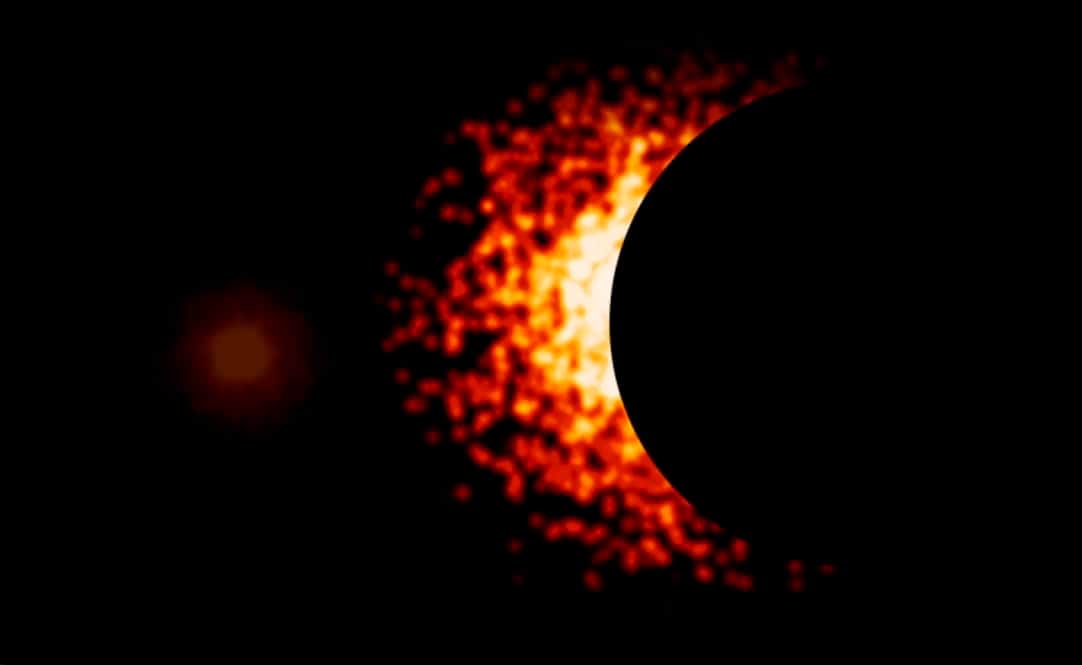
Exoplanet Science

Exoplanet discovery and planetary formation with the Giant Magellan Telescope
Our Revolutionary Abilities
Planet Formation
Planet detection

Imaging Exoplanets
Biosignatures
NEW OPPORTUNITIES
Water, oxygen, carbon monoxide, methane, or ozone in atmosphere are key signatures for life.
The GMT’s sensitivity, resolution, and spectroscopic capabilities will enable us to understand the origins of the wide range of planetary systems we see in the galaxy around us. We will be able to measure the physical properties of those planets to learn if they contain life and to compare our solar system to its neighbors.
Observations with the GMT will allow us to determine the densities and atmospheric compositions of exoplanets and to discover whether any are truly Earth-like. Their atmospheres may contain water, oxygen, carbon monoxide, methane, or ozone which are key signatures for life on present-day Earth. If past exoplanet studies are any guide, we should expect to be surprised by the variety of atmospheres we discover. Mature planets are key targets, but protoplanetary systems—where planets are born — are also critical targets if we are to understand the great variety of the worlds we see.

is a high-resolution spectrograph that will make crucial and decisive measurements of the nature of Earth-sized planets. G-CLEF will make precision (10 cm/s) measurements of radial velocity that will revolutionize the study of Earth-like worlds through the determination of mass and density – a powerful diagnostic that will indicate composition from heavy, hard rock to airy ice worlds.
G-CLEF will be able to measure the spectral lines of molecular oxygen (O2) in exoplanet atmospheres because of its high spectral resolution at optical wavelengths.

is a high-resolution spectrograph that will make crucial and decisive measurements of the nature of Earth-sized planets. G-CLEF will make precision (10 cm/s) measurements of radial velocity that will revolutionize the study of Earth-like worlds through the determination of mass and density – a powerful diagnostic that will indicate composition from heavy, hard rock to airy ice worlds.
G-CLEF will be able to measure the spectral lines of molecular oxygen (O2) in exoplanet atmospheres because of its high spectral resolution at optical wavelengths.
